Why Solar Street Lights Are the Future of Sustainable Urban Lighting
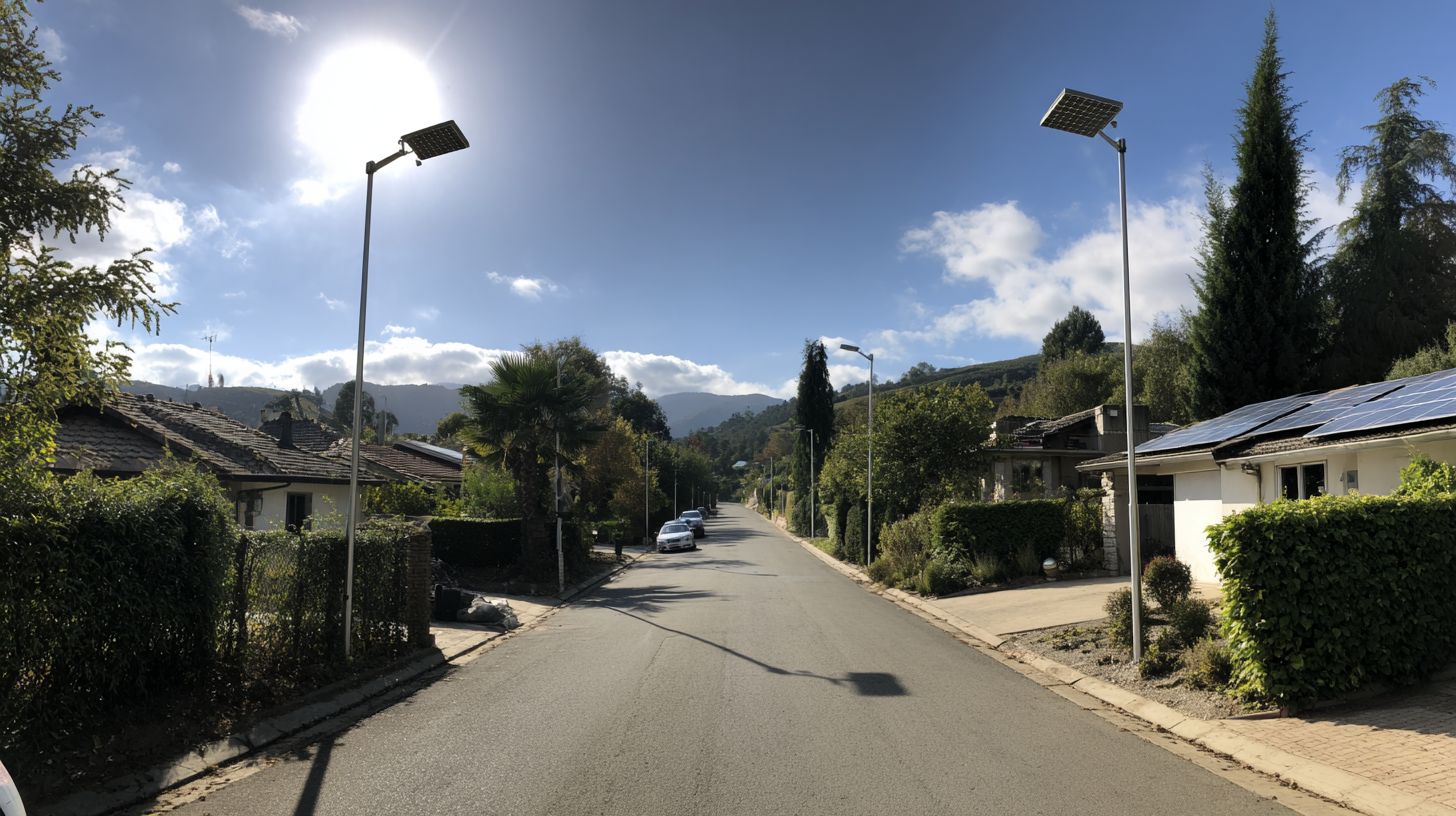 As urban areas continue to grow, the demand for sustainable lighting solutions has never been more pressing. Solar street lights, harnessing the power of renewable energy, are emerging as a leading solution for municipalities aiming to improve their infrastructure while reducing environmental impact. According to a report by the International Energy Agency (IEA), global investments in solar energy technologies are expected to exceed $500 billion by 2025, with solar street lights playing a crucial role in this green revolution.
As urban areas continue to grow, the demand for sustainable lighting solutions has never been more pressing. Solar street lights, harnessing the power of renewable energy, are emerging as a leading solution for municipalities aiming to improve their infrastructure while reducing environmental impact. According to a report by the International Energy Agency (IEA), global investments in solar energy technologies are expected to exceed $500 billion by 2025, with solar street lights playing a crucial role in this green revolution.
Dr. Emily Green, a renowned expert in renewable energy systems, highlights the importance of solar street lights for urban development: "Integrating solar street lights not only contributes to energy savings but also enhances public safety and quality of life in cities." As urban planners and policymakers recognize the multifaceted benefits of these innovative lighting solutions, the transition to solar street lights is being accelerated. With advancements in solar technology and significant drops in production costs, these systems are becoming increasingly viable for cities looking to embrace sustainability.
Overall, the shift towards solar street lights represents a pivotal move towards a greener future, aligning urban lighting with global sustainability goals while fostering safe and well-lit public spaces.
The Benefits of Solar Street Lights for Urban Environments
Solar street lights represent an innovative solution for urban environments, offering numerous benefits that align with sustainability goals. One of the primary advantages of solar street lights is their ability to harness renewable energy. Unlike traditional street lights that rely on fossil fuels, solar lights utilize solar panels to generate electricity, significantly reducing carbon footprints. This shift not only contributes to cleaner air but also helps cities meet their environmental targets.
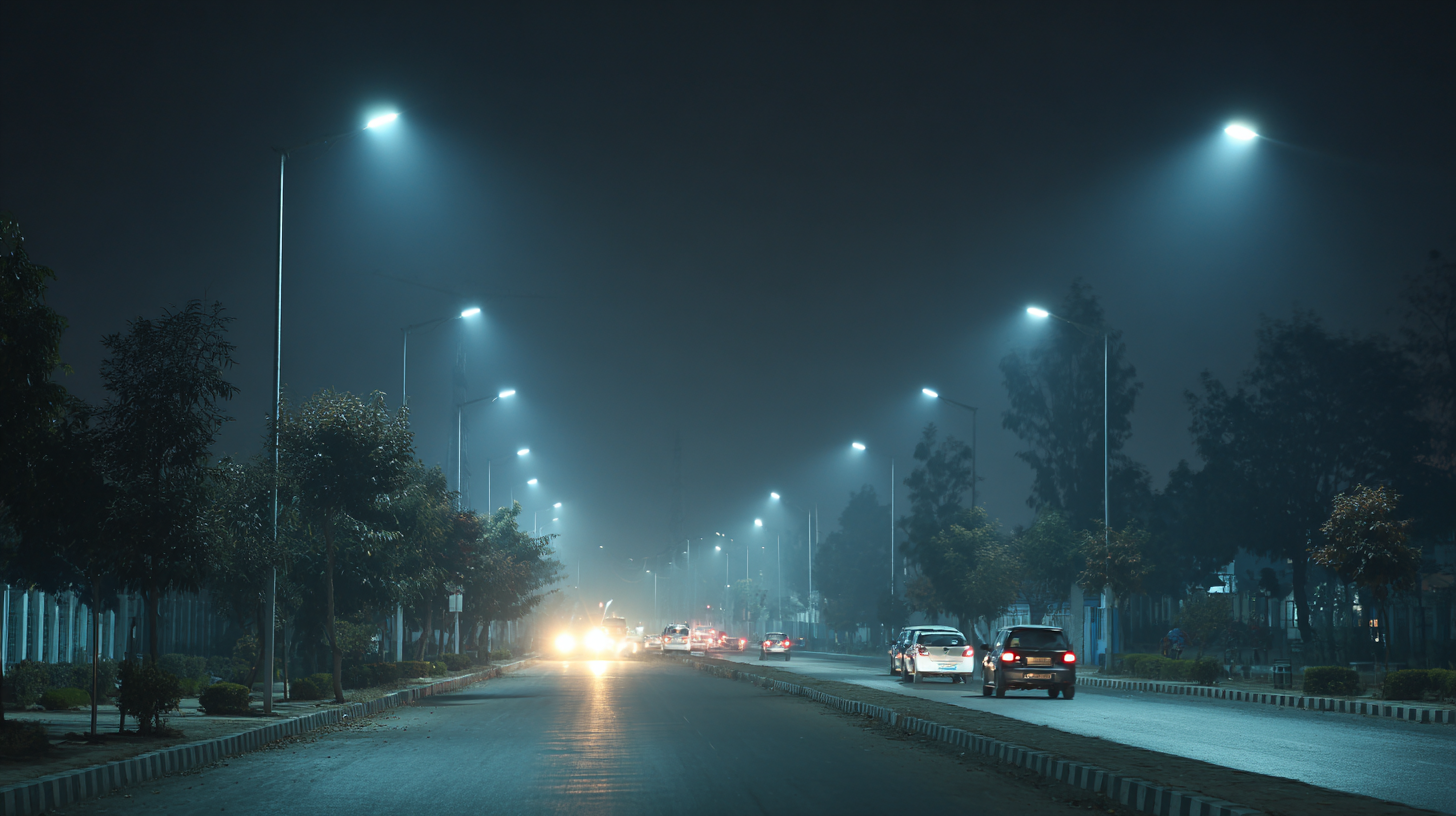
Additionally, solar street lights are known for their low maintenance costs. With no wiring needed and durable, weather-resistant designs, they can function effectively in various conditions with minimal upkeep. This translates to savings for municipalities, as installation and ongoing electricity costs are considerably lower compared to conventional lighting systems.
Furthermore, solar street lights can enhance urban safety by providing reliable illumination in public spaces, fostering a sense of security for residents and discouraging crime. As cities continue to grow, the adoption of solar street lights will be crucial in promoting sustainable, efficient, and safe urban environments.
How Solar Street Lights Contribute to Energy Savings and Cost Efficiency
Solar street lights are revolutionizing urban lighting by significantly enhancing energy savings and cost efficiency. According to a report by the International Renewable Energy Agency (IRENA), switching to solar-powered systems can cut energy consumption by up to 50-70% compared to traditional street lighting. This reduction is primarily due to the use of energy-efficient LED technology in combination with solar panels, which harness the sun's energy during the day to power the lights at night. Such integration not only minimizes reliance on grid electricity but also decreases the overall carbon footprint of urban infrastructure.

Moreover, the cost benefits are substantial. A study from the U.S. Department of Energy highlighted that municipalities could save up to 80% on electricity costs over the life of solar street lights. With lower maintenance costs and the absence of monthly utility bills, cities investing in solar technology are poised to recover their initial expenses within a few years. Additionally, as the price of solar panels continues to decline—approximately 82% since 2010 as reported by Bloomberg NEF—more cities are realizing the financial viability of this sustainable approach to urban lighting.
The Role of Solar Technology in Reducing Carbon Footprint
Solar street lights embody a significant advancement in sustainable urban lighting, leveraging solar technology to minimize carbon footprints. By harnessing renewable energy, these lights not only reduce reliance on fossil fuels but also contribute to the reduction of greenhouse gas emissions. The integration of photovoltaic panels allows solar street lights to operate efficiently, even in diverse weather conditions, making them a viable choice for urban environments seeking sustainable solutions.
As cities adopt solar technology, the comprehensive approach to reducing carbon footprints expands beyond lighting alone. Emerging technologies such as artificial intelligence can optimize the performance and maintenance of solar lighting systems, ensuring they operate at peak efficiency. AI-driven analytics can guide urban planners in making data-informed decisions about energy use, improving overall sustainability. Investments in solar street lights and their supporting technologies can help cities meet their climate goals, fostering a cleaner and more resilient urban landscape.
Innovative Designs and Features of Modern Solar Street Lights
Modern solar street lights are leading the charge towards sustainable urban lighting, showcasing innovative designs and smart features that enhance both functionality and aesthetics. According to industry reports, the global solar street lighting market is projected to reach over $10 billion by 2025, driven by increasing demand for energy-efficient solutions. Advances in solar technology have resulted in lights that not only harness renewable energy but also incorporate smart monitoring systems, allowing for improved maintenance and performance tracking.
For instance, the recent Jharkhand solar street lighting project highlights the effectiveness of integrating smart monitoring features into urban infrastructure, ensuring reliable lighting while minimizing energy costs. Additionally, awards like the iF 2025 Design Award underline the emphasis on creating visually appealing lighting solutions that blend seamlessly into urban environments. Increasingly, these products utilize features such as motion sensors and remote controls, providing versatility and adaptability to various outdoor settings. As cities strive for greener initiatives, modern solar street lights are set to play a crucial role in transforming urban lighting for a sustainable future.
Impact of Solar Street Lights on Urban Energy Consumption
This chart illustrates the significant reduction in energy consumption achieved by using solar street lights compared to traditional street lights. Solar street lights consume an average of 1,200 kWh annually, while traditional lights consume about 5,000 kWh. This demonstrates the potential for solar technology to contribute to sustainable urban lighting solutions.
Challenges and Solutions in the Implementation of Solar Street Lighting Systems
The implementation of solar street lighting systems faces several challenges that must be addressed to unlock their full potential for sustainable urban environments. One significant hurdle is the initial cost of installation, which, although decreasing, can still be a barrier for many municipalities. To mitigate this issue, local governments could explore public-private partnerships or grant programs aimed at funding renewable energy initiatives, making solar lighting a feasible option for cities of all sizes.
Another challenge is the variability of sunlight, which affects energy generation and reliance on solar panels. To tackle this, incorporating smart technologies that optimize energy use can enhance the system's efficiency. For instance, battery storage solutions allow for energy collection during sunny days to power lights when sunlight is insufficient.
**Tips:** Always assess the location and environment before installation. Ensure that solar panels are positioned to receive maximum sunlight exposure and that local regulations are considered. Collaborating with experienced vendors who can provide insights into the latest technology can also lead to more effective solutions.
Related Posts
-
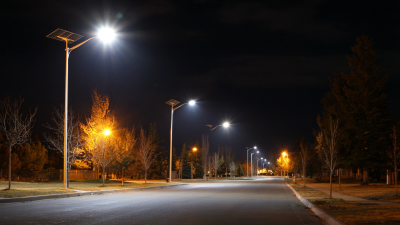
Transform Your Neighborhood: The Benefits of Installing Solar Street Lights with Poles
-
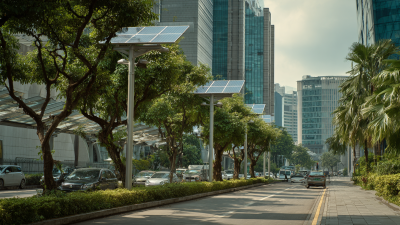
The Future of Urban Lighting Exploring the Benefits of Solar Street Light Technology
-

Transform Your Energy Savings: The Rising Impact of LED Solar Technology on Sustainable Homes
-

Transforming Urban Lighting: The Rise of Solar Street Lamps and Their Impact on Energy Savings
-
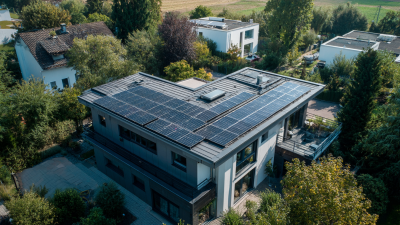
Revolutionizing Renewable Energy: The Future of Smart Solar Technology Explained
-

Uncovering the Benefits of LED Solar Technology for Sustainable Living
